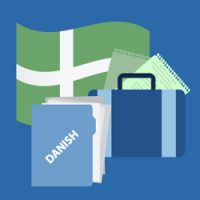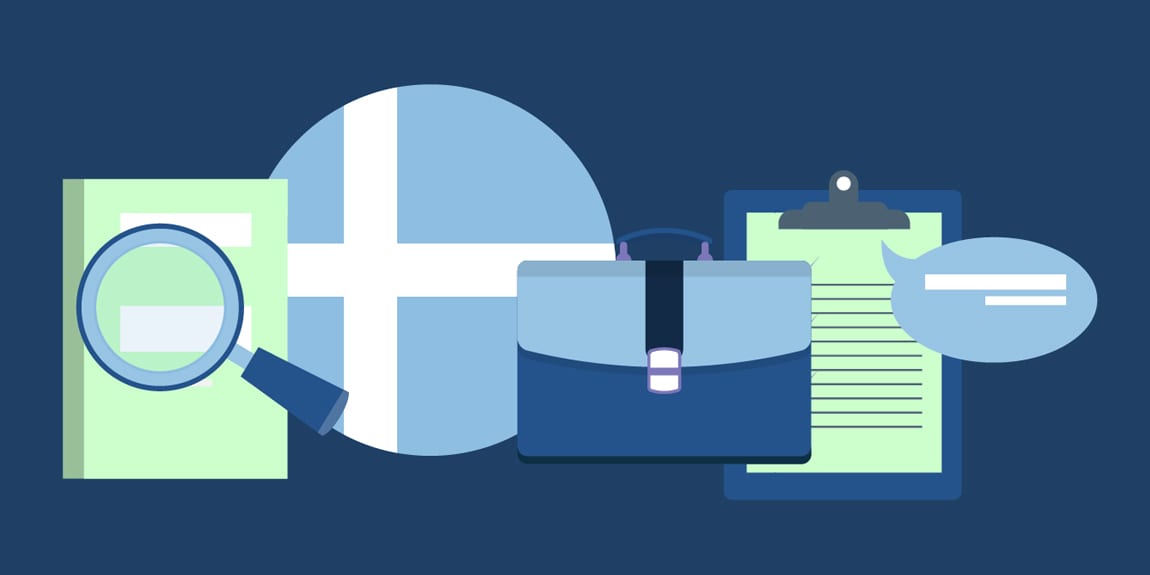Danish Translation
How important are your origins to you? If you are among the lucky majority on earth, you know your real parents. But is it enough for you? Or do you want to know more? Who were your ancestors and were they on the right side of history during the civil war? Or the World Wars? Many people pay organizations to find out all they can about their ancestors and complete their family tree. While those who had been adopted immediately after birth, start their search for their original parents once they learn about their past. For many, this takes years but they never give up their search. Although public records are pretty good in developed countries, they may not be helpful to all the people.
No matter which country you live in, it won’t be super easy to learn all about your ancestors, unless you belong to a really famous family. In that case, you can open the Wikipedia page about your ancestors and find out all there is to know about them. Otherwise, you are as lost as the rest of us. However, when it comes to the history and origin of countries, they are pretty easy to trace. The number one reason behind that are the historians who spend their lives gathering information and then compiling it in books for public consumption.

It is also pretty easy to learn about the origins of all humans, or at least the evolutionary stages we went through. The credit for that goes to science which works with previous data to come up with solutions for the present. The earth’s history, despite being a long one, is available for all of us who want to study it. Along with that, we can also learn about different cultures and languages as they went through various changes and turned into the form they are today. The different stages of languages and cultures tell us a lot about the humans who spoke and practiced them respectively. When people progressed and came to hold progressive views, their cultures and languages also changed and became more open. A lot of racial slurs have gone out of use because awareness has increased in people and they know it is not okay anymore to use them.
Denmark:
Everybody should visit the Nordic countries at least once in their lifetime, if not for the scenery then for the unique history of the region. The Norse mythology we read about and see in movies had its origins in this region. There may not be a lot of truth in the mythology but at least the part about the existence of the Norse people is true. All the Nordic countries share a lot of similarities in their culture, their way of living, and even in their languages. The fact that they all use Scandinavian languages is proof of that. Maybe in the future, these countries will form a singular entity and become the strongest force on earth due to their combined powers.
The Kingdom of Denmark, or simply Denmark, is one of the Nordic countries. It is one of the best countries to live in as it has a strong economy and enjoys political stability. The country is also socially developed, more so than a lot of big states in the world. You can’t pick a good quality for states that Denmark doesn’t have. From having one of the highest per capita income in the world to the best protection of civil liberties, the country is giving its citizens the best life possible. The citizens of Denmark should also be commended for happily paying one of the highest personal income tax rates in the world.
Danish Language and Its Origins:
The language of Denmark is called Danish. It is mutually intelligible with other Nordic languages: Norwegian and Swedish. If you think Denmark don’t have enough mention of Vikings in its history, think again because the Danish language itself descended from Old Norse, a tongue which was common during the Vikings Era. There used to be a lot of traditional dialects of Danish translation. They were the ones spoken by older generations but with time, they disappeared and were replaced by modern dialects. The younger generations are more innovative in their vocabulary. As for dialects, more than thirty of them are spoken in Denmark even today. Some of these dialects have become so different from Danish translation that even natives fail to understand them.
As far as the writing system is concerned, Danish was used to be written in runic alphabet in its early centuries. Later, runic was replaced by the Latin alphabet and that’s when Danish began to emerge as a separate language from Swedish. By the middle of the fourteenth century, Danish began to be used as an administrative language. Its use in royal letters also increased its importance during this time. In the same period, Danish came in contact with Low German and took plenty of loanwords from it. But it wasn’t until it became the language of religion that people really started to take interest in it. Work on Danish grammar was done in the later half of the 17th century.

So, if you want to know about your past, it could be a problem but learning all about Danish’s past is not that difficult. All its history and origin have been recorded and reported by various historians and linguists so that people studying Danish translation will have no problem figuring it out.








